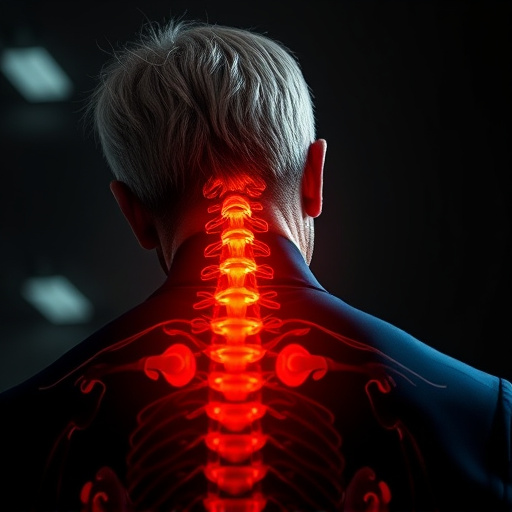Carbon fiber intake systems are gaining popularity for their ability to offer superior performance and an impressive, show car-quality appearance. Their lightweight nature compared to metal or plastic significantly contributes to vehicle styling by reducing overall weight, enhancing handling, and improving fuel efficiency. These intricate designs not only capture and direct air into the engine precisely but also serve as visually striking components that blend power and aesthetics harmoniously. In today's automotive market, these advanced composites like carbon fiber intake systems offer unparalleled strength-to-weight ratios, enabling designers to create dynamic and eye-catching shapes that enhance vehicle appeal, while improving fuel efficiency and engine response.
In the realm of automotive customization, achieving a show car quality appearance is an art. This article explores the secret weapons behind creating a visually stunning vehicle: carbon fiber intake systems and lightweight materials. Discover how these innovative components elevate aesthetics while enhancing performance. We’ll delve into the integration of functionality and design, showcasing that a breathtaking exterior can seamlessly merge with optimal engine efficiency. Prepare to unlock the potential for your car’s metamorphosis.
- The Role of Carbon Fiber Intake Systems in Achieving Show Car Quality Appearance
- Lightweight Materials: Unlocking the Potential for a Stunning Exterior
- Integrating Functionality and Aesthetics: Designing for Both Performance and Beauty
The Role of Carbon Fiber Intake Systems in Achieving Show Car Quality Appearance
Carbon fiber intake systems have become a key component in achieving that coveted show car quality appearance, largely due to their inherent lightweights and strength. The sleek, nearly indestructible nature of carbon fiber allows for intricate designs that not only enhance the aesthetic appeal but also serve as functional components. These intake systems are designed to capture and direct air into the engine with precision, thereby optimizing performance while maintaining a striking visual impact.
The lightweight property of carbon fiber intake systems plays a significant role in vehicle styling. By replacing heavier metal or plastic parts, these intake systems reduce overall vehicle weight, contributing to improved handling and fuel efficiency. This balance between form and function is what sets show cars apart—a harmonious blend of power and aesthetics.
Lightweight Materials: Unlocking the Potential for a Stunning Exterior
In today’s automotive landscape, showcasing a stunning exterior is no longer solely about aesthetics; it’s a statement of innovation and performance. One key enabler in achieving this is the adoption of lightweight materials, particularly carbon fiber intake systems. These advanced composite materials offer an unparalleled strength-to-weight ratio, allowing designers to create bold, sculpted shapes that enhance the vehicle’s overall appeal. By replacing traditional heavy metals, carbon fiber components not only contribute to improved fuel efficiency but also enable more dynamic and eye-catching design elements.
The integration of carbon fiber intake systems is a prime example of how lightweight materials can transform a show car from merely beautiful to truly groundbreaking. These systems can be molded into intricate designs, adding a tactile and visual interest that captivates onlookers. Moreover, the reduced weight distribution enhances handling dynamics, ensuring the vehicle not only looks the part but also performs it, making it a standout choice for those seeking both style and substance in their automotive experiences.
Integrating Functionality and Aesthetics: Designing for Both Performance and Beauty
In the pursuit of a show car-worthy appearance, it’s crucial to strike a harmonious balance between functionality and aesthetics. Today’s automotive designers are pushing boundaries by seamlessly integrating performance enhancements with captivating visual appeal. Carbon fiber intake systems, for instance, not only offer lightweight benefits, enhancing fuel efficiency and engine response, but also serve as striking design elements that add a touch of modern elegance to the vehicle’s frontal architecture.
This dual-purpose approach extends beyond components. Lightweight materials, like carbon fiber, are being strategically incorporated into various body panels, allowing for intricate shaping and aerodynamic refinements while maintaining a sleek, high-performance look. By combining advanced engineering with artistic vision, modern car designers create vehicles that not only perform exceptionally but also capture the essence of beauty in motion.
In conclusion, achieving show car quality appearance in modern vehicles goes beyond traditional design aesthetics. By leveraging advanced materials like carbon fiber intake systems and lightweight components, automotive engineers can create stunning exteriors that enhance both performance and visual appeal. Integrating functionality with aesthetics ensures that these vehicles not only turn heads but also deliver exceptional driving experiences, setting a new standard for the industry.














